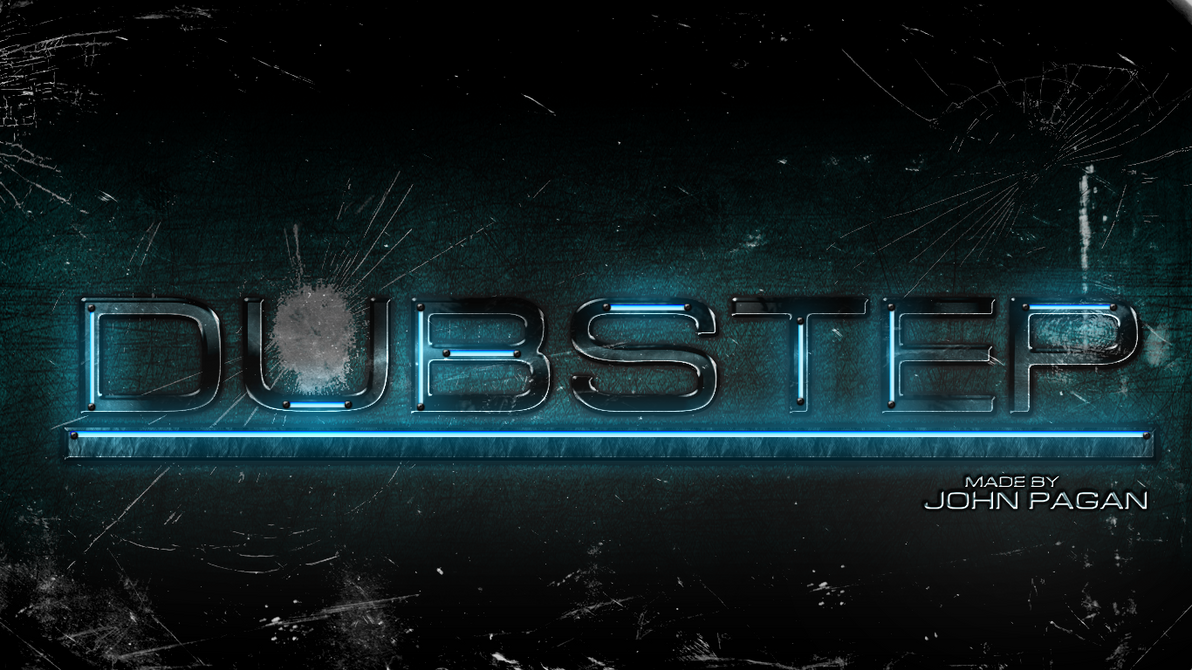2005–2008: growth

In the summer of 2005, Forward>> brought grime DJs to the fore of the line up.[41] Building on the success of Skream's grimey anthem "Midnight Request Line," the hype around the DMZ night and support from online forums (notably dubstepforum.com)[10] and media,[7] the scene gained prominence after former Radio 1 DJ Mary Anne Hobbs gathered top figures from the scene for one show, entitled "Dubstep Warz", (later releasing the compilation album Warrior Dubz).[35] The show created a new global audience for the scene, after years of exclusively UK underground buzz.[10] Burial's self-titled album appearing in many critics' "Best of..." lists for the year, notably The Wire's Best Album of 2006.[42] The sound was also featured prominently in the soundtrack for the 2006 sci-fi film Children of Men,[43] which included Digital Mystikz, Random Trio, Kode 9, Pressure and DJ Pinch.[44] Ammunition also released the first retrospective compilation of the 2000–2004 era of dubstep called The Roots of Dubstep, co-compiled by Ammunition and Blackdown on the Tempa Label.[45]
The sound's first North American ambassador, Baltimore DJ Joe Nice helped kickstart its spread into the continent.[10] Regular Dubstep club nights started appearing in cities like New York,[46] San Francisco,[26] Seattle, Montreal, Houston, and Denver,[47] while Mary Anne Hobbs curated a Dubstep showcase at 2007's Sónar festival in Barcelona.[12] Non-British artists have also won praise within the larger Dubstep community.[12] The dynamic dubstep scene in Japan is growing quickly despite its cultural and geographical distance from the West. Such DJ/producers as Goth-Trad, Hyaku-mado, Ena and Doppelganger are major figures in the Tokyo scene.[48] Joe Nice has played at DMZ,[49] while the fifth installment of Tempa's "Dubstep Allstars" mix series (released in 2007) included tracks by Finnish producer Tes La Rok and Americans JuJu and Matty G.[50]
Techno artists and DJs began assimilating dubstep into their sets and productions.[12]Shackleton's "Blood On My Hands" was remixed by minimal techno producer Ricardo Villalobos (an act reciprocated when Villalobos included a Shackleton mix on his "Vasco" EP)[51] and included on a mix CD by Panoramabar resident Cassy.[12] Ellen Allien andApparat's 2006 song "Metric" (from the Orchestra of Bubbles album),[52][53] Modeselektor's "Godspeed" (from the 2007's Happy Birthday!album, among other tracks on that same album) and Roman Flugel's remix of Riton's "Hammer of Thor" are other examples of dubstep-influenced techno.[12] Berlin's Hard Wax record store (operated by influential[54] dub techno artists Basic Channel)[55][56] has also championed Shackleton's Skull Disco label, later broadening its focus to include other dubstep releases.[11]

The summer of 2007 saw dubstep's musical palette expand further, with Benga and Coki scoring a crossover hit (in a similar manner to Skream's "Midnight Request Line") with the track "Night", which gained widespread play from DJs in a diverse range of genres. BBC Radio 1 DJ Gilles Peterson named it his record of 2007, and it was also a massive hit in the equally bassline-orientated, but decidedly more four-to-the-floor genre of bassline house,
[57] whilst Burial's late 2007 release
Untrue (which was nominated for the 2008 Nationwide Mercury Music Prize in the UK) incorporated extensive use of heavily manipulated, mostly female, 'girl next door' vocal samples.
[58] Burial has spoken at length regarding his intent to reincorporate elements of musical precursors such as 2-step garage and house into his sound.
[59]
Much like drum and bass before it, dubstep has started to become incorporated into other media, particularly in the United Kingdom.[citation needed] In 2007, Benga, Skream, and other dubstep producers provided the soundtrack to much of the second series of Dubplate Drama, which aired on Channel 4 with a soundtrack CD later released on Rinse Recordings. A track by Skream also featured in the second series of the teen drama Skins, which also aired on Channel 4 in early 2008.[60]
In the summer of 2008, Mary Anne Hobbs invited Cyrus, Starkey, Oneman, DJ Chef, Silkie, Quest, Joker, Nomad, Kulture and MC Sgt Pokes to the BBC's Maida Vale studios for a show called Generation Bass. The show was the evolution from her seminal BBC Radio 1 Dubstepwarz Show in 2006, and further documented another set of dubstep's producers.[61][62][63][64]
In the autumn of 2008, a limited pressing 12" called "Iron Devil"[65] was released featuring Lee Scratch Perry and Prince Far-I in a dubstep style, including a tune based on the Perry riddim used on reggae hits like "Disco Devil", "Chase The Devil", and "Croaking Lizard". This was the first recorded example of a founder of Jamaican dub style acknowledging dubstep and creating new music in the genre, reinforcing the connection of dubstep to its roots in Jamaican dub reggae at a time when it seemed dubstep was moving away from its reggae underpinnings.[citation needed]
As the genre has spread to become an international rather than UK-centric scene, it has also seen a number of women making headway into the scene in a variety of ways. Alongside Soulja of Ammunition Promotions and Mary Anne Hobbs, an influx of female producers, writers, photographers and DJs all have broken through in the up-til-then male orientated scene. With key 12" releases on Hyperdub,Immigrant andHotflush Recordings, producers Vaccine, Subeena and Ikonika have introduced a palette of new sounds and influences to the genre, such as double-time bass drums, 8-bit video game samples, hand percussion and lushly arranged strings.[66] Mary Anne Hobbs commented that, unlike "Grime and drum 'n' bass raves, the mood at dubstep nights is less aggressive, or more meditative, leading to a larger female attendance at events than with the genre's precursors. You see the female-to-male ratio constantly going up – it’s got the potential to be 40:60".[66]







